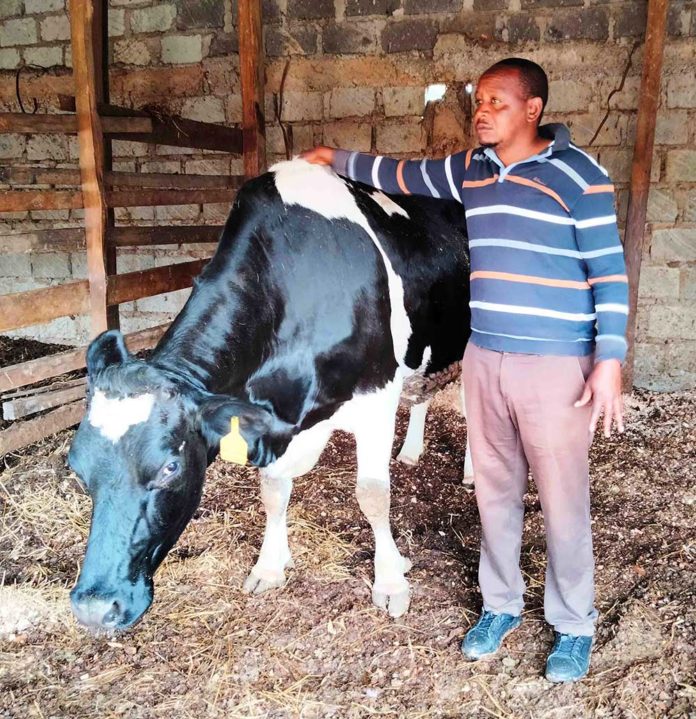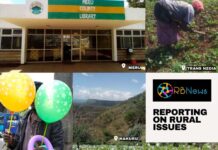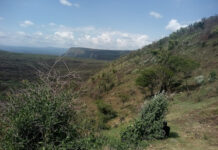
By Emanuel Kipkorir Tarus, DevReporter, Trans Nzoia County
When John Njoroge ventured into dairy farming 10 years ago, the business was doing very well. The 46-year-old recalls that back then he could get 1,000 litres of milk per day and had employed 10 people.
But currently, Njoroge says that dairy farming is a loss-making enterprise.
Effect of Covid-19
In an interview with DevReporters, Njoroge said the dairy sector took a downward trajectory following the outbreak of Covid-19 pandemic in March 2020.
“Our business started crumpling following the outbreak of Covid-19. Animal feed prices skyrocketed,’’ Njoroge said.
He used to have over 100 heads of dairy cows, but due to the high cost of dairy farming, he has sold over 50 cows. He is now in the process of phasing out the remaining cows so that he can go into other ventures.
“Dairy farming is no longer profitable. I am left with about 50 cows and I am planning to sell all of them,” he added.
Shifting To Other Ventures
Njoroge, the founder of Happy Cow Happy Farmer Dairy in Kiminini constituency, Trans Nzoia County, says dairy farmers in the area are taking a break from the industry. On his part, he has identified pig keeping as his next venture.
Growing Own Fodder
In order to survive in the industry, other farmers have devised ways of reducing the cost of production. John Komen, a small-scale dairy farmer in Kapsitwet village, Kwanza constituency, is growing his own pasture.
“I realised that I can still survive in this industry without relying on expensive animal feeds imported from Uganda and Tanzania. I am growing my own animal feeds. Imagine, a single 70 kg bag of dairy meal retails at Ksh 2,500! How many farmers can afford that?” Komen asked.
GMO Free Raw Materials
Furthermore, the Association of Animal Feeds Manufacturers of Kenya (AKEFEMA) Secretary General Martin Kinoti said the cost of animal feeds has in the recent times gone up by Ksh 400 for a 70 kg bag. This is attributed to a government Gazette notice that strictly imposed 100 percent increase on the cost of importing raw materials for non-GMO animal feed.
“By December last year, around 25 percent of our farmers had been shed off or pushed out of the business because of the high cost of production. As we stand now, we are actually at around 35 percent,” Kinoti said.
Government Support
The government owned New Kenya Cooperative Creameries’ Managing, Director Nickson Sigei, challenged dairy farmers in Kenya to grow their own fodder as a way of reducing the cost of milk production.
“I want to encourage farmers to grow their own fodder so that at least we do not struggle importing soya beans and cotton seedcake, which is very expensive. That is what is hurting the industry,” Sigei appealed.
Milcah Sugut, a small-scale dairy farmer in Kipkeikei, Cheranga’ny constituency, called on the government to be lenient with importers of raw materials for animal feed.
“We are really suffering. The high cost of animal feed has affected the cost of milk in our markets. The government should find a way of subsidising animal feed,” Sugut said.
Mary Nzomo, the County Executive Committee (CEC) member in charge of agriculture in Trans Nzoia County, said relying on imported raw materials for animal feeds is a serious threat to the dairy sector.
“As a county, we are encouraging farmers to use their farms to grow their own animal feeds. They should also join cooperative movements so that they can easily benefit from government support,” Nzomo said.
Related Stories





